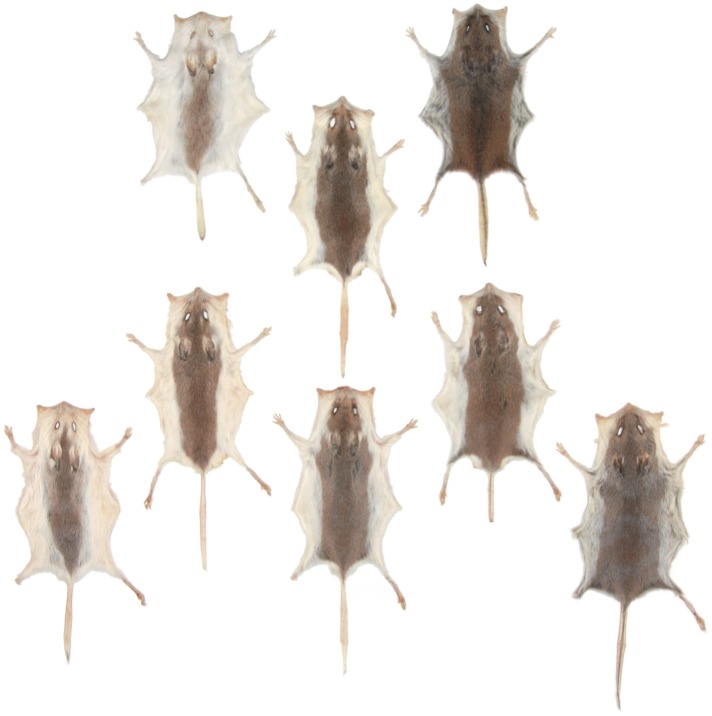Figure 4. Genetic crosses between the pale beach mouse P. polionotus leucocephalus (top row left) and the darker mainland mouse P. p. polionotus (top row right) result in first-generation F1 hybrids, all with intermediate coloration (second row).
Intercrosses between F1 hybrids produce a variable F2 generation, showing a continuous distribution of pigmentation phenotypes ranging from light to dark (third and fourth rows; Steiner et al., 2007). This segregation pattern—initially described by Francis Sumner—is among the earliest empirical evidence that several discrete loci may collectively contribute to a quantitative trait (Dobzhansky, 1937; see also Box 1). Image credit, Nicole Bedford and Hopi Hoekstra.

